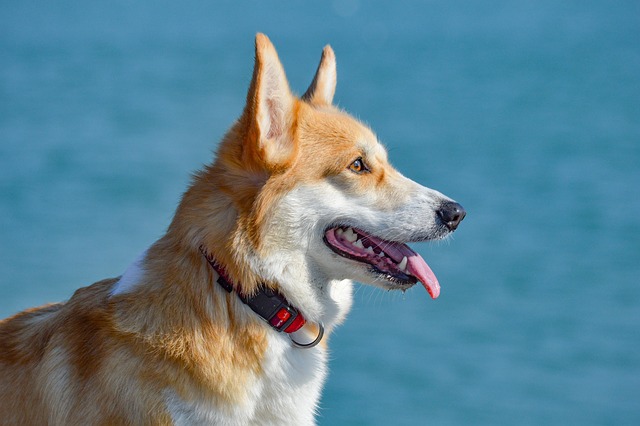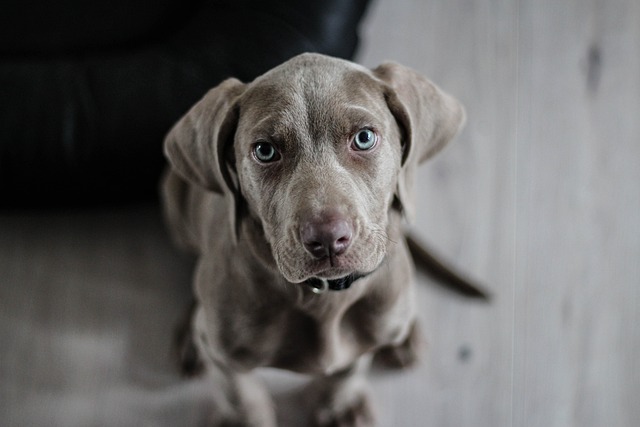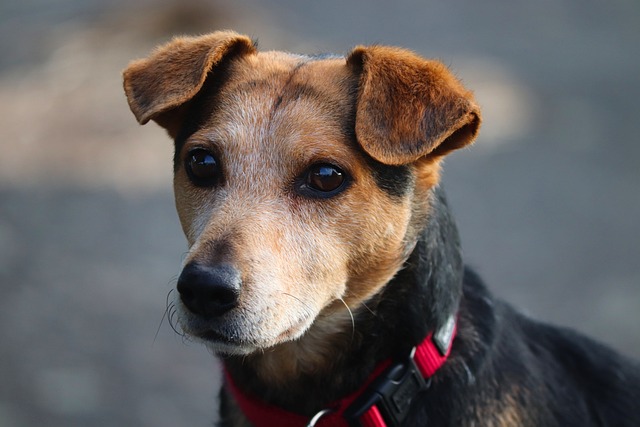
What's wrong with dogs always licking their paws
Watching their furry child constantly licking their paws, with that focused and persistent look, is both heartbreaking and confusing.
When we witness a dog struggling painfully with canine distemper, a surge of heartache and confusion arises: how does this dreadful disease befall our furry companions? Behind the dog's wet nose and trembling body lie the hidden paths of viral transmission, lurking environmental crises, and warnings of life's fragility, requiring us to uncover the truth of infection with professional knowledge and deep care for pets.
The primary route of canine distemper virus transmission is respiratory infection. This paramyxovirus acts as a tiny "flying killer," spreading through airborne droplets expelled when infected dogs cough or sneeze. Upon inhaling virus-laden droplets, healthy dogs first experience respiratory mucosa invasion, followed by systemic spread. A owner once took their dog to a pet park and ignored a coughing stray dog; a week later, their dog showed symptoms of runny nose and fever, later diagnosed with canine distemper. The vet explained, "Canine distemper virus survives for hours in the air—one casual encounter can infect a dog." Invisible viral particles, like silent bullets, invade through breathing, beginning to destroy health.
Contact infection is another critical transmission pathway. The virus adheres to saliva, ocular/nasal secretions, urine, and feces of infected dogs, contaminating food bowls, toys, and bedding. Healthy dogs ingest the virus by sniffing or licking contaminated items. An owner took in a stray puppy without isolation, causing their healthy dogs to develop distemper symptoms. It turned out the stray was a virus carrier. This indirect transmission via objects is like "mines" laid by the virus, waiting for healthy dogs to trigger.
Vertical transmission from the dam is a unique route for puppies. If a pregnant dog is infected, the virus crosses the placenta to fetuses, causing puppies to fall ill shortly after birth. A pregnant Golden Retriever with distemper gave birth to puppies that developed breathing difficulties and convulsions within a week, all ultimately dying. The vet lamented, "Canine distemper is highly lethal to puppies—vertical transmission leaves them with extremely low survival rates." This infection starting in the womb forces newborn lives to face death, a stark reminder of life's fragility.

The virus's incubation period makes infection harder to prevent. Canine distemper has an incubation period of 3–7 days, sometimes up to 14 days. Infected dogs show no symptoms during this period but are contagious, meaning a seemingly healthy dog can be a hidden carrier. A owner bought a lively puppy from a pet store; days later, it developed a runny nose and was diagnosed with distemper, with other puppies from the same batch falling ill subsequently. This incubation "disguise" allows the virus to spread undetected in dog groups.
Environmental factors increase infection risk. Dense canine environments like pet stores, kennels, and veterinary hospitals facilitate distemper spread, as the virus transmits via air and objects. A kennel outbreak infected almost all dogs within two weeks; investigation revealed poor ventilation and inadequate disinfection had created a "hotbed" for the virus. This highlights that environmental hygiene and ventilation directly impact infection risk.
Understanding these transmission routes sparks a strong urge to protect our lively furry friends. Every outing, interaction with other dogs, or purchase of new pet supplies harbors potential risks. Instead of panic, we should use scientific protection: timely vaccination, avoiding unknown dogs, and regular environmental disinfection.
Vaccination is the most effective preventive measure. It primes a dog's immune system to resist canine distemper virus, significantly reducing infection risk. Taking a dog to the vet for vaccination brings comfort, knowing we're building a solid health barrier.
A dog's infection with canine distemper is a silent war, with the virus lurking in the shadows. Our role is to shield our pets with knowledge and action. Watching dogs run joyfully in the sun and nuzzle our palms with wet noses, we cherish these moments and strengthen prevention efforts to keep them safe. This embodies respect for their lives and our profound love.

Watching their furry child constantly licking their paws, with that focused and persistent look, is both heartbreaking and confusing.

When you habitually pet your dog and suddenly notice that its once smooth coat has become rough and prickly, the change in texture will immediately alert you.

When we hold the soft and cute puppies in our hands, their furry little bodies and smart eyes instantly melt our hearts. From that moment on, we shoulder the responsibility of taking care of this little life,

You push open the door to find shredded pillow stuffing, chewed-through cables, or claw-marked door frames scattered across the floor—and in an instant,

When you realize that only your absence triggers your otherwise well-behaved companion into anxious behaviors—scratching at the door, barking incessantly,

When we hold the sweet and juicy soft-seeded pomegranates and look at the round, expectant eyes of the dogs around us, we always feel entangled: Can such delicious fruit be shared with our beloved fur children?